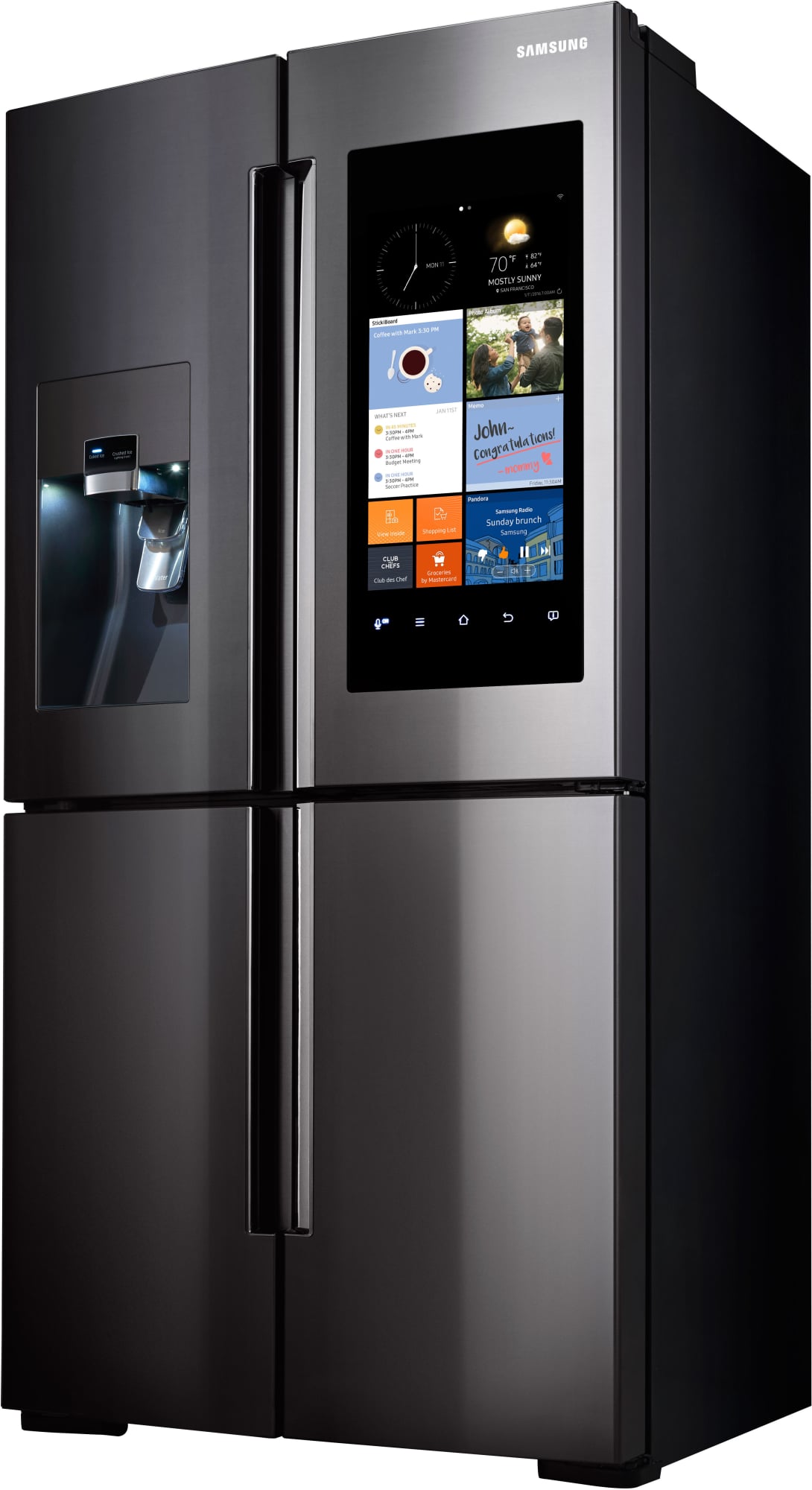Table of Content
If you're just dipping your toes into this smart home thing, you might even consider avoiding smart hubs altogether and syncing everything through a smart speaker instead. The Google Home Mini and Echo Dot don't work like traditional smart hubs because they don't have Zigbee or Z-Wave connectivity. But if you're living with different ecosystems in your home and are looking for a way to unite them all, a smart speaker can provide that "hub-like" functionality through its companion app. If you're an Apple fan, you might also consider the HomePod, which uses Siri as its assistant and offers HomeKit compatibility.

The Apple HomePod mini is a HomeKit hub, and so is the Apple TV 4K. Rather annoyingly, iPads were HomeKit hubs until last year when Apple changed its mind. Update support is not important when it comes to buying a phone. Update support is somewhat important when it comes to buying a phone.
Wink Hub 2
A smart bot hub makes your life easier to control your home appliances and other switch bot devices with simple voice demands. It is a device that helps you to control your smart accessories . Samsung’s the device is called a smart thing Hub many designers make their own under different names but they all work similarly and make your life easier. The answer is simple because the whole process is managed through a central hub and only you could access it. And with a single click, u will be controlling your whole house and you can easily manage it through your smartphone, computers, and tablets. As a master home automation controller, a smart home hub can also fluctuate traffic off Wi-Fi or Bluetooth, easily network congestion.
In the long term, all matt devices should also be controllable via Apple’s Home app. However, there will still be HomeKit-specific devices in the future, such as HomeKit Secure Video cameras or even the newly introduced door locks with Home keys. You will have to look out for the “Works with HomeKit” logo in the future as well. However, for simple devices, such as an adapter plug, the support of matter is sufficient. Some manufacturers have already prepared their products for matter.
What Are The Most Common Smart Hubs?
If you're worried about juggling too many apps, there are third-party programs like Stringify and Yonomi that offer a centralized locale where you can control everything that's connected in your house. Both apps also support automation, so you can program those smart lights to come on every night at the same time, for example. However, smart speakers can perform many of the same tasks as a hub does, but still, a smart hub couldn’t be replaceable entirely. Digital assistants technically work like controllers, and certainly could not act or provide services as full-fledged smart hubs. One noteworthy shortcoming of cloud-based platforms and smart speakers is a limited selection of sensors, such as contact sensors and room sensors . On hub-based systems, these devices allow you to create complex and nuanced automations and security routines.

With Automations you can trigger a scene or turn on a device based on your location, the time of day, or when a sensor is triggered. We have so many discussions on the Nest thermostat without a hub and as the Hub. Generally, Hub controls all the smart devices through voice but Nest’s products don’t need an external device to work. The software determines the level of complexity and how easy they are to use. Apple manages its automations through its Routines and Shortcut tools.
What if your smart gadget is not compatible with Alexa?
It includes two digital amplifiers, a high-frequency tweeter, a mid-woofer, and a far-field microphone array. The microphone picks up your voice without difficulty no matter the noise level, and the sound is clear, adjustable, and distortion-free even at its highest volume. Another benefit of supporting SmartThings is that the Aeotec hub facilitates SmartThings Automations, a software feature that lets you build custom routines that automatically trigger multiple actions.
It is designed in a way that makes your way of life easy and comfortable and you can enjoy the experience of wink smart home hub without confronting any problems. Yes, the smart home hub is needed and essential for all people because it provides safety and security. The home automation system is one of the greatest and most advanced innovations in recent times. You must set up a home hub to add Matter accessories to the Home app. Thread-enabled Matter accessories require a Thread-enabled home hub, such as HomePod mini or Apple TV 4K Wi-Fi + Ethernet, or a supported third-party border router.
A growing number of home automation systems don't require a hub and can simply be controlled directly using a mobile app. The Nest ecosystem includes cameras, doorbells, locks, smoke alarms, and thermostats, and works directly with your phone, as well as a number of third-party devices. A hub serves as the nerve center of your home automation system and ties all of your devices together. Now, most smart home devices, regardless of the protocol they use, are controllable with their own app—and if they need a bridge or hub, they will typically come with one. The benefit of a separate, multi-purpose hub is so that you can control everything in a single app.
Think of the smart hub as the heart of the home, a central organ connecting all the gadgets around your house, with arteries that lead to each of them. It allows you access to everything through one centralized app, rather than forcing you to juggle a half-dozen different apps from disparate manufacturers. Before understanding the actual need of a smart hub for your home, you must first get clear on how smart hubs technically work. Because that would lead you to understand why for home automation a hub seems to be indispensable or if you can possibly circumvent this prevalent need by any means. These are just examples of products that are already prepped for Matter and will have day-one support.
Depending on the hub, the array of devices in your arsenal, and the technical chops of the person setting it all up, a fair amount of wizardry is possible. But that’s not the realistic case for many people—hubs require troubleshooting, they fail sometimes or can require customizing code, and the learning curve gets steeper the more you want to do. The problem is that some products that require a Smart Hub, are not compatible with the Zigbee specification. When you are looking for a product, it is definitely tricky to understand if it needs a Smart Hub or not. And if it does, it can be difficult too, to know which hub is compatible with that product. In this article, we will see how and where you can find that information so that you have no problems to connect all your devices and your house can be finally automated.

The mobile app also creates a dashboard for all your smart home devices, so you can see what’s on or off at any given time, even when you’re away. The dashboard lets you adjust specific settings like the temperature of your smart thermostat or color of your smart lights, too. Many smart devices contain Wi-Fi radios that allow them to connect to your home network.
No comments:
Post a Comment